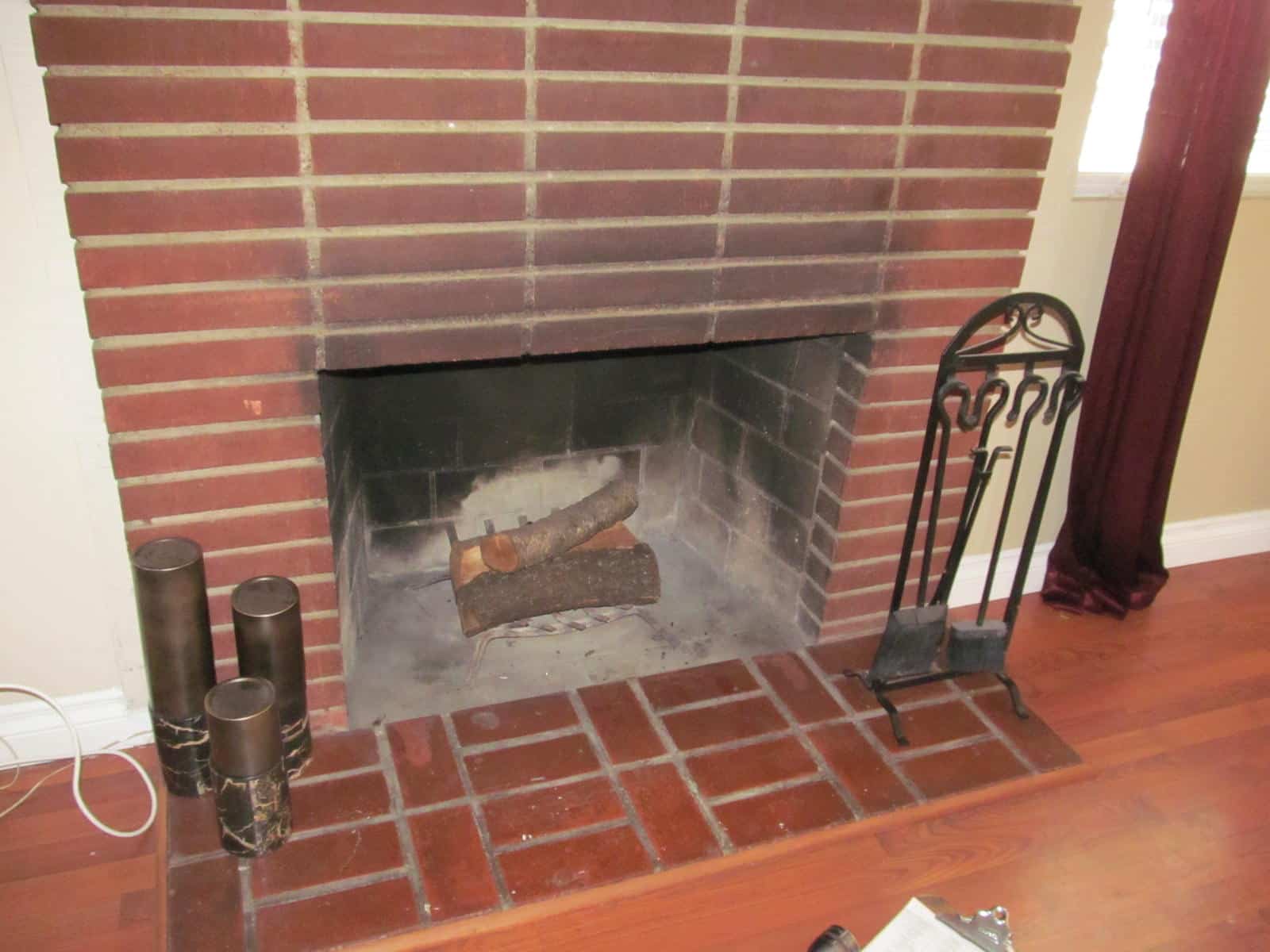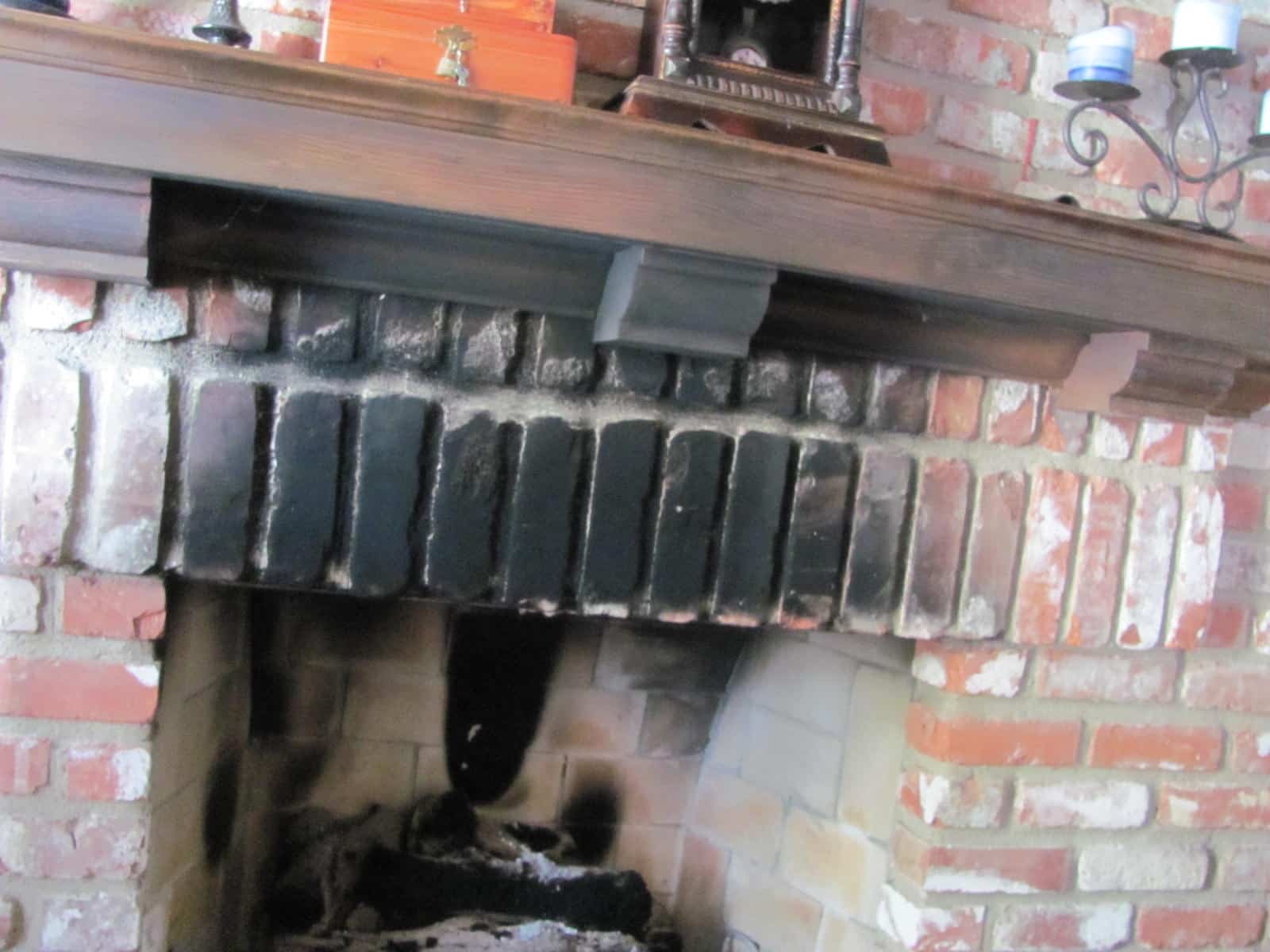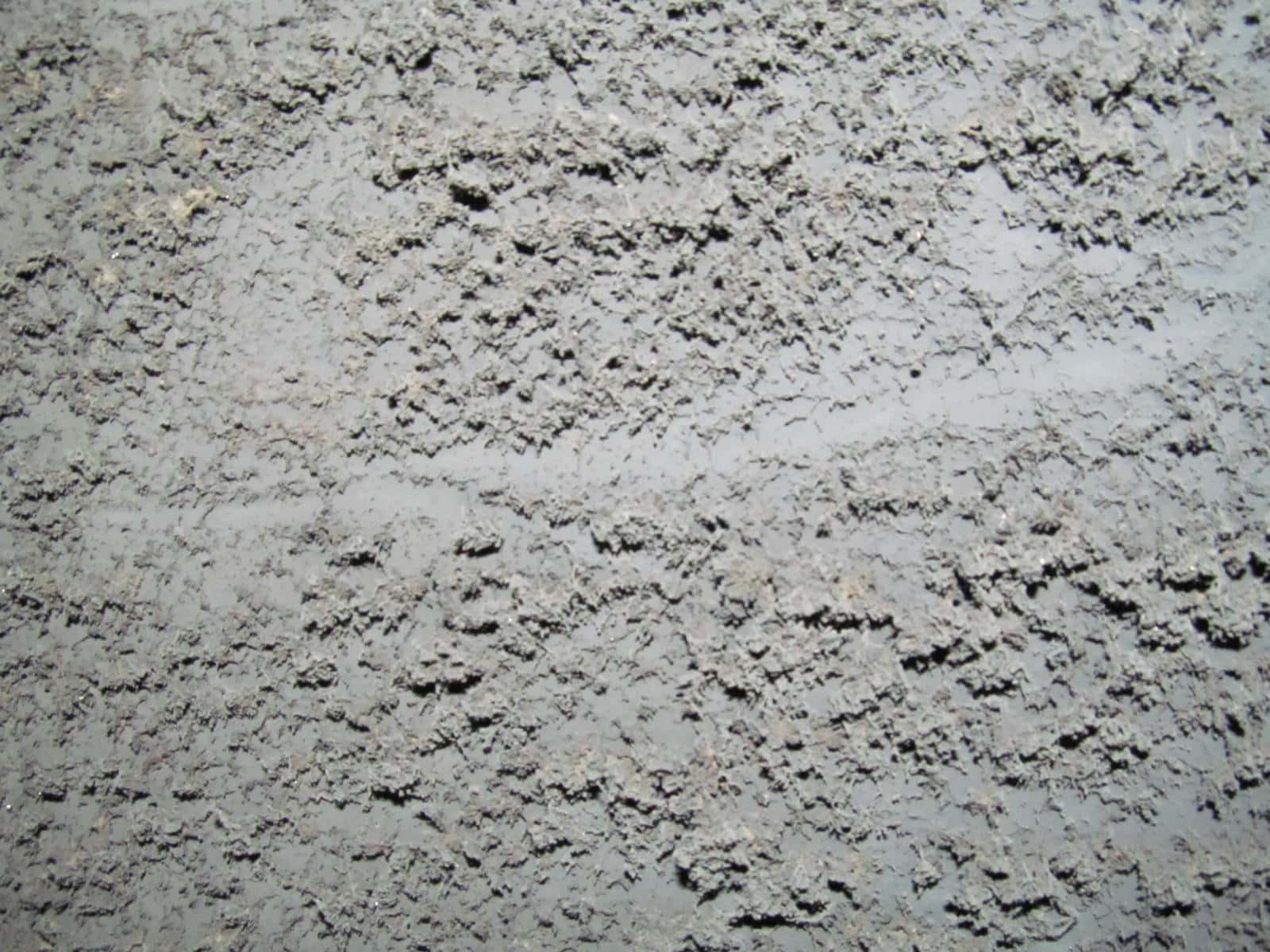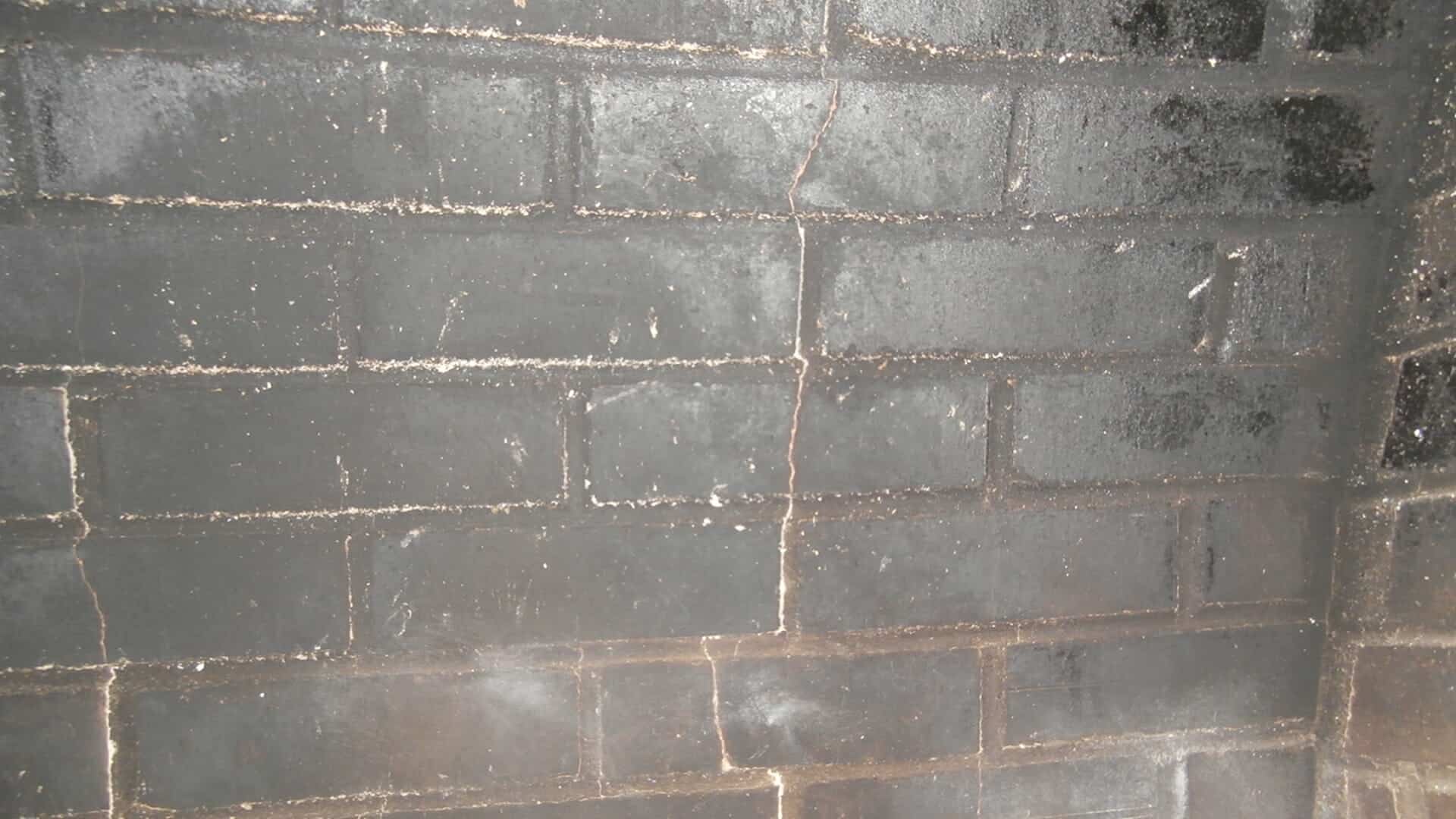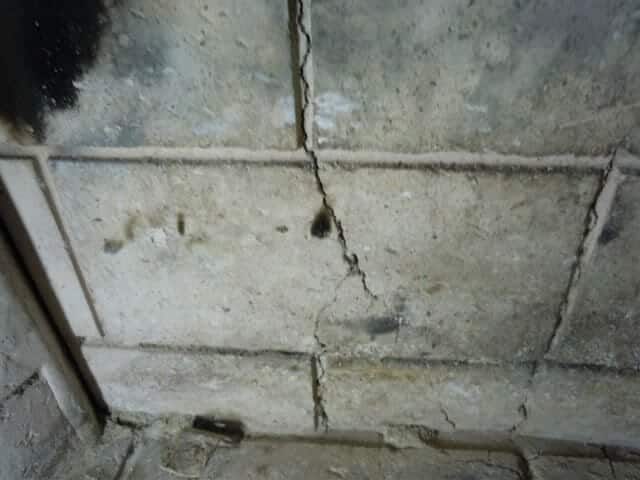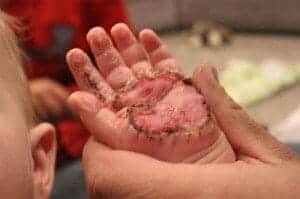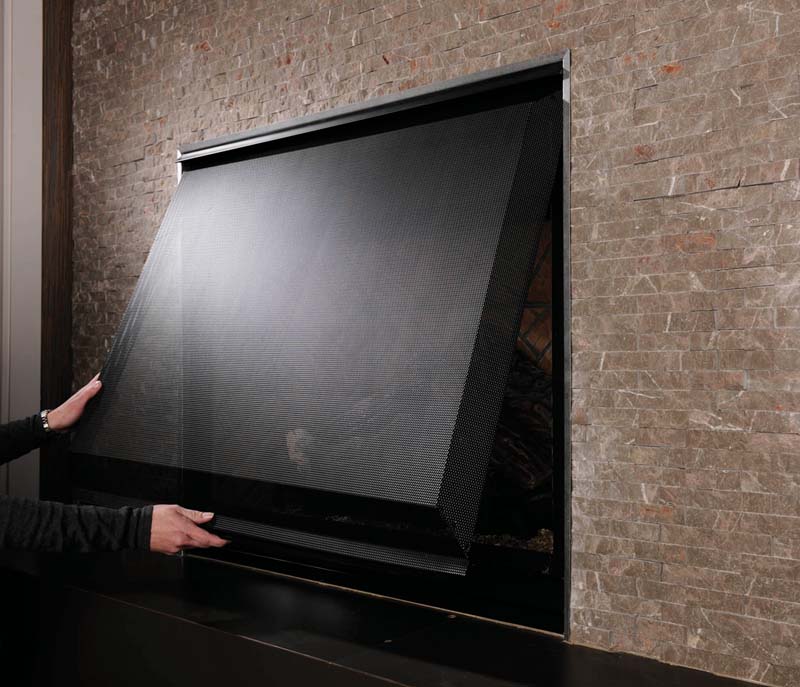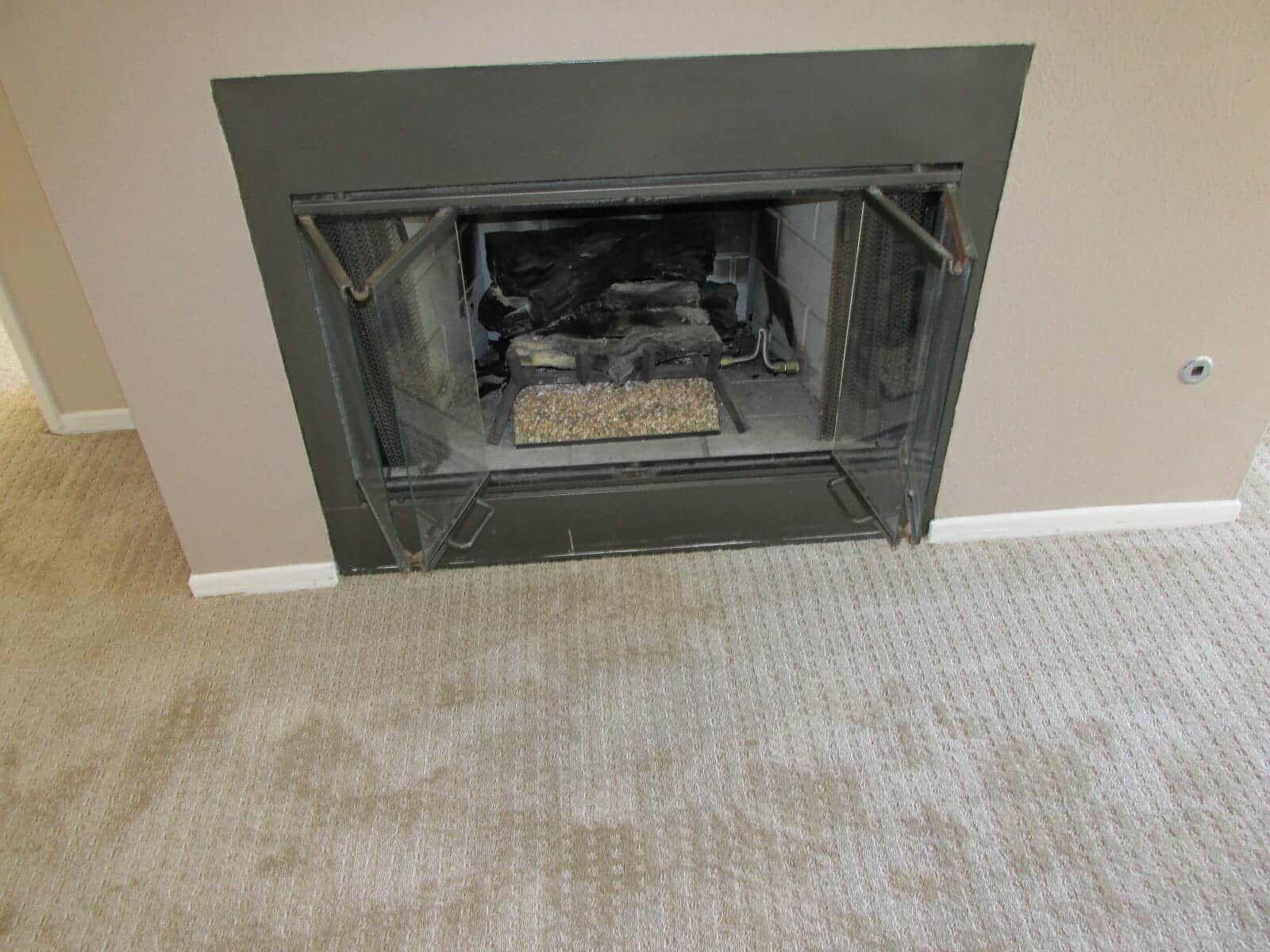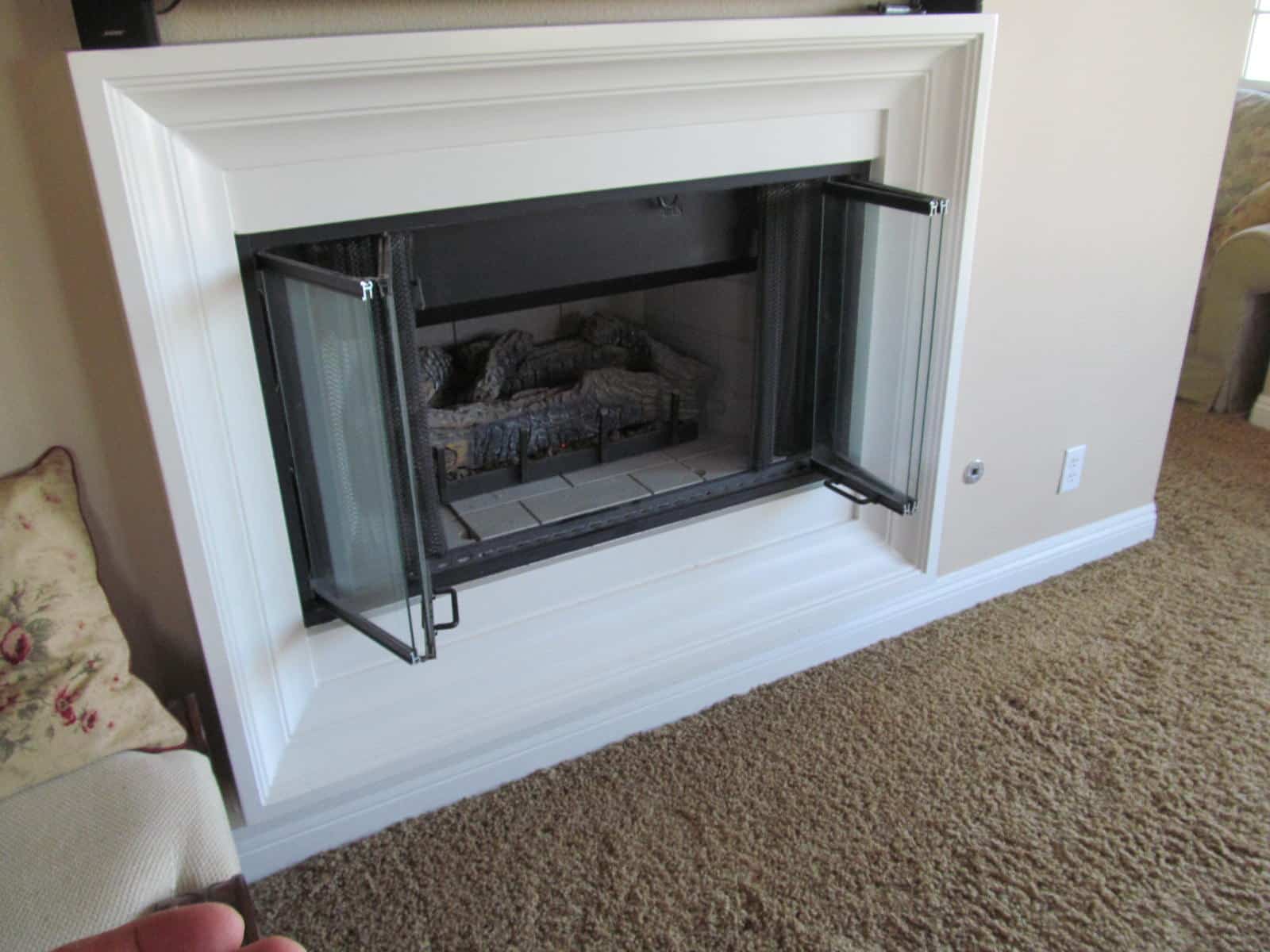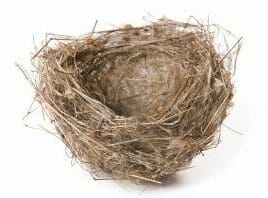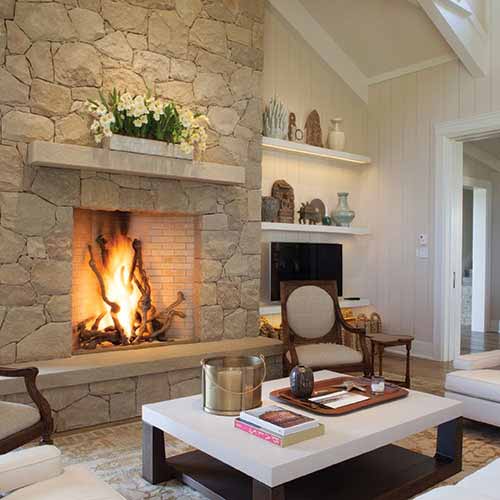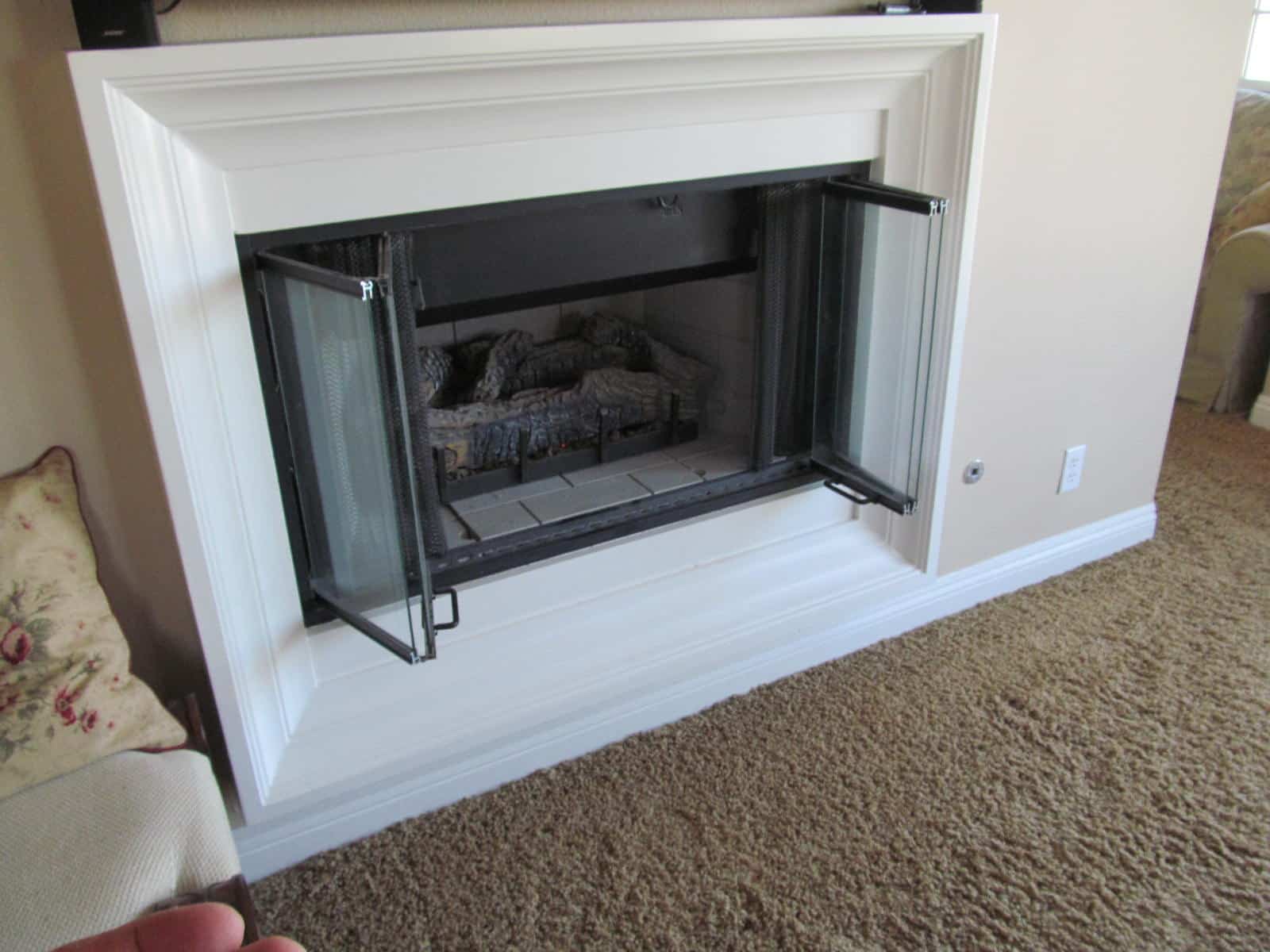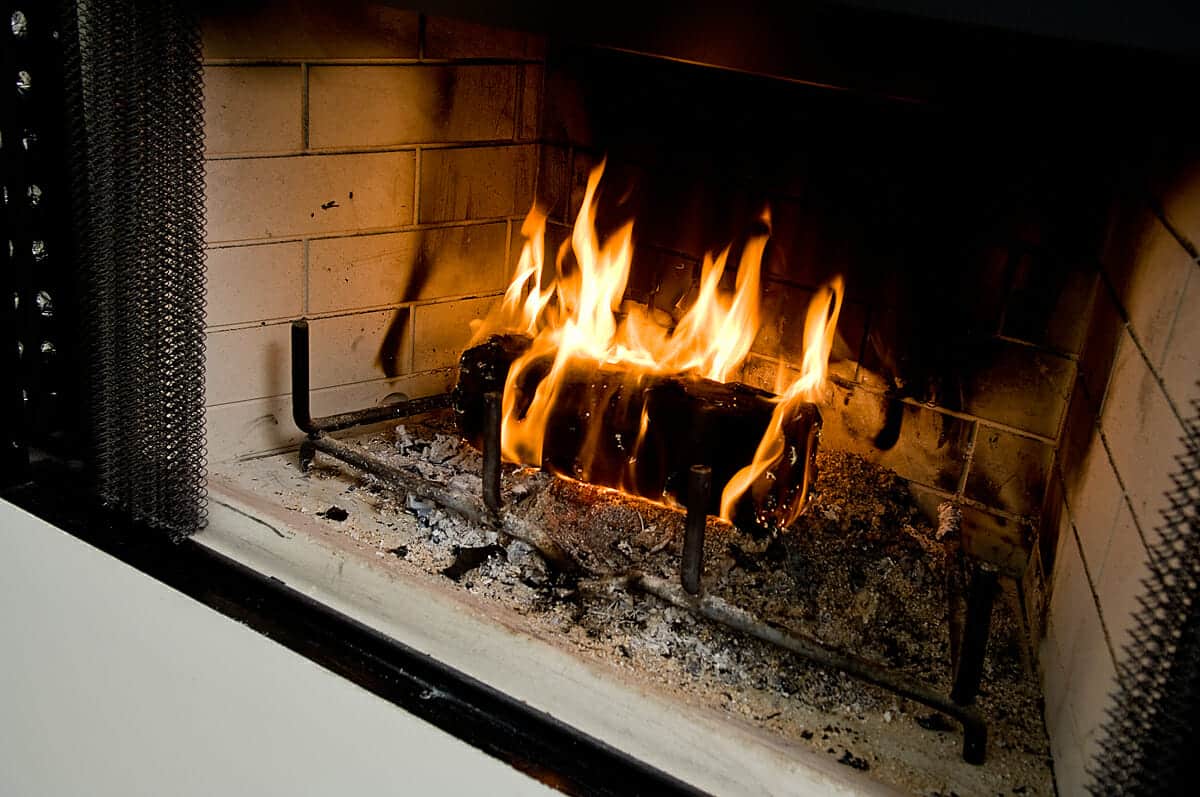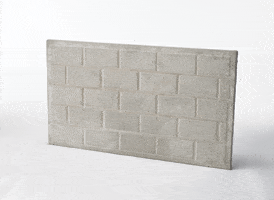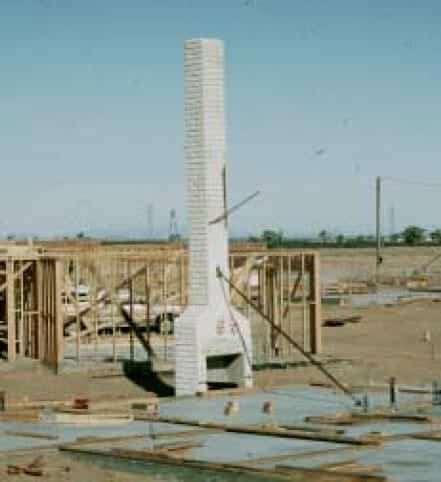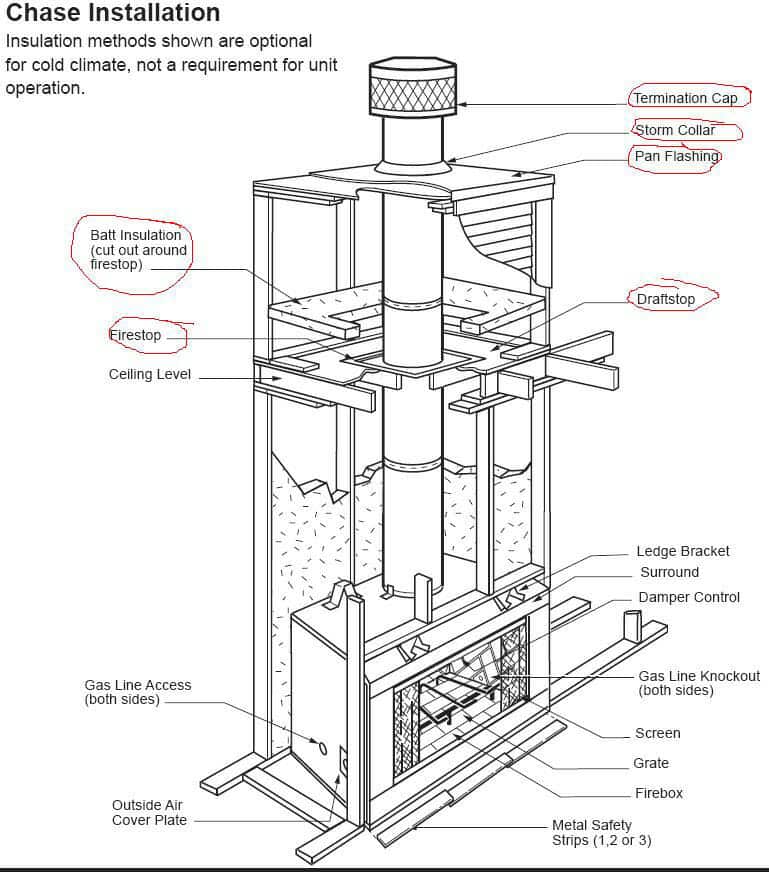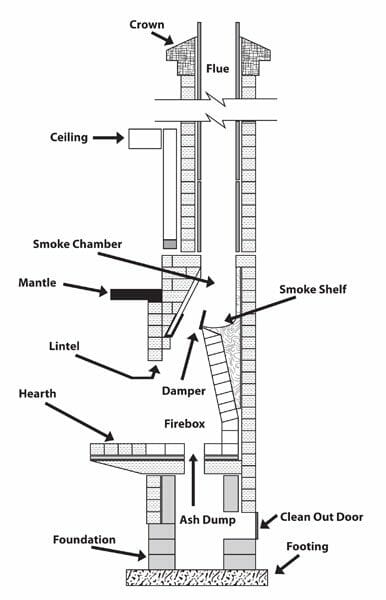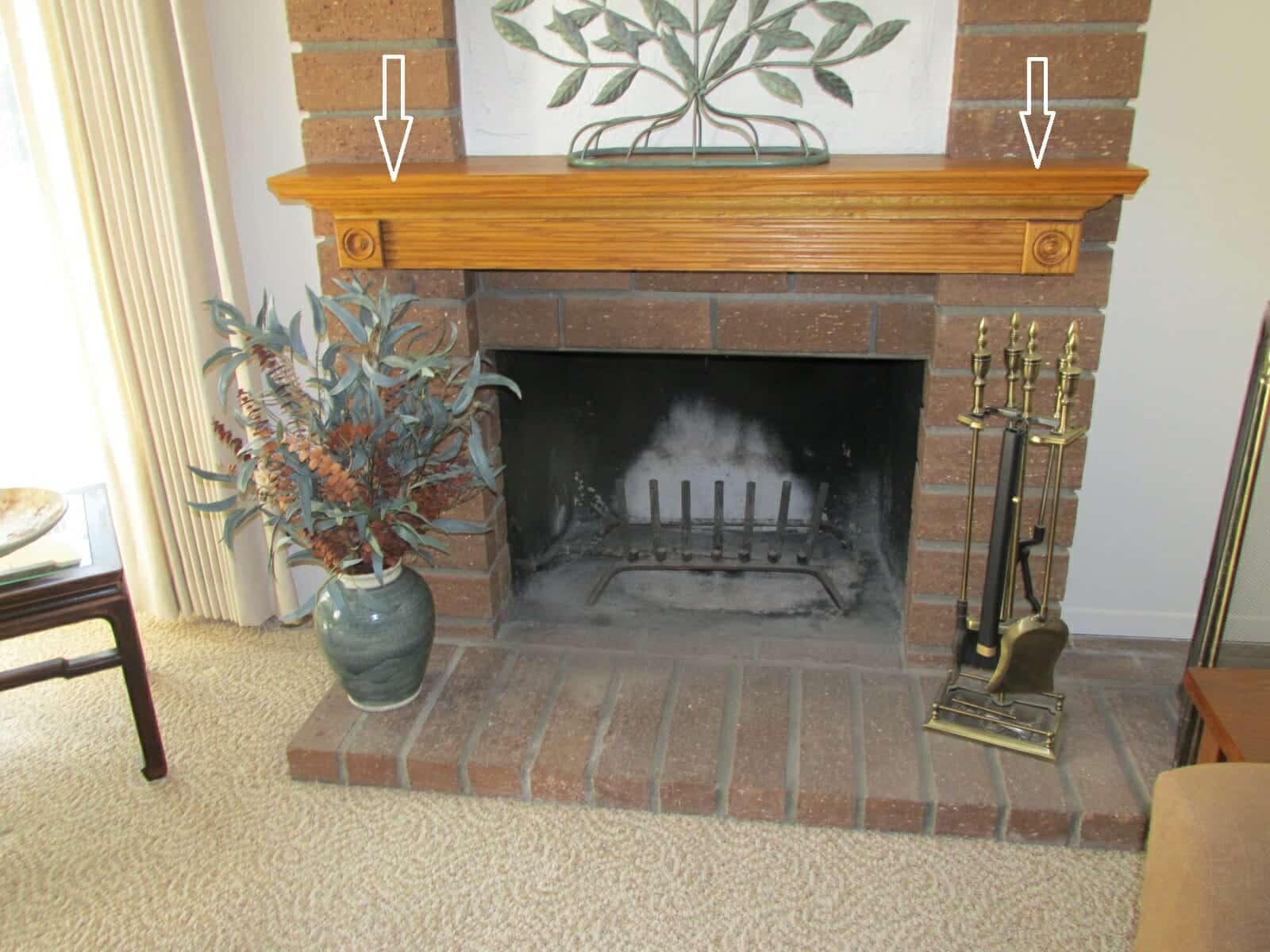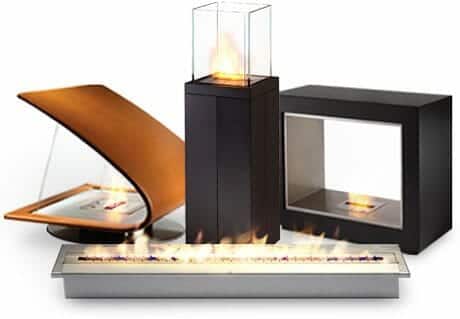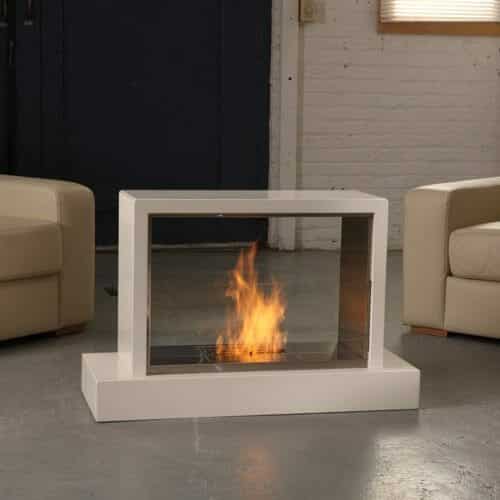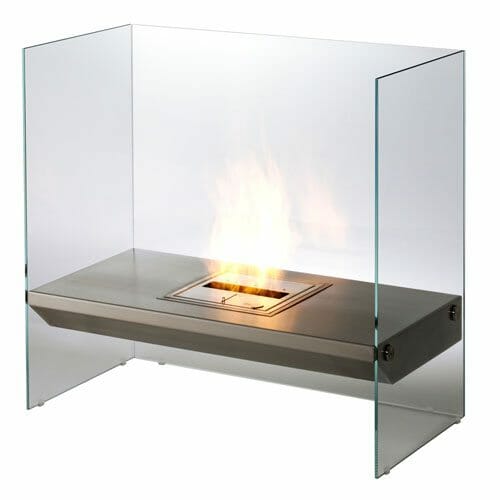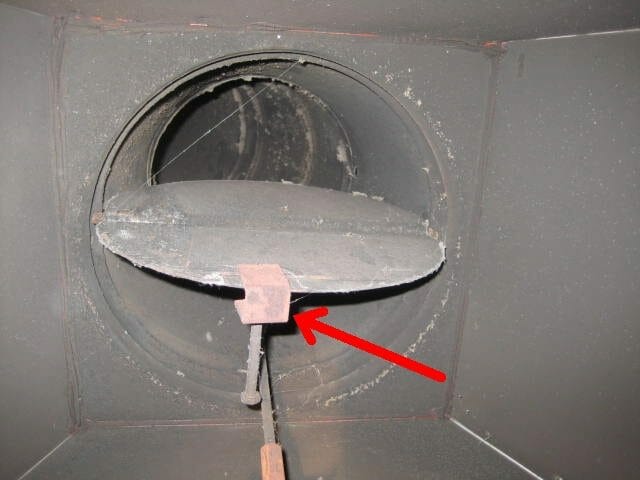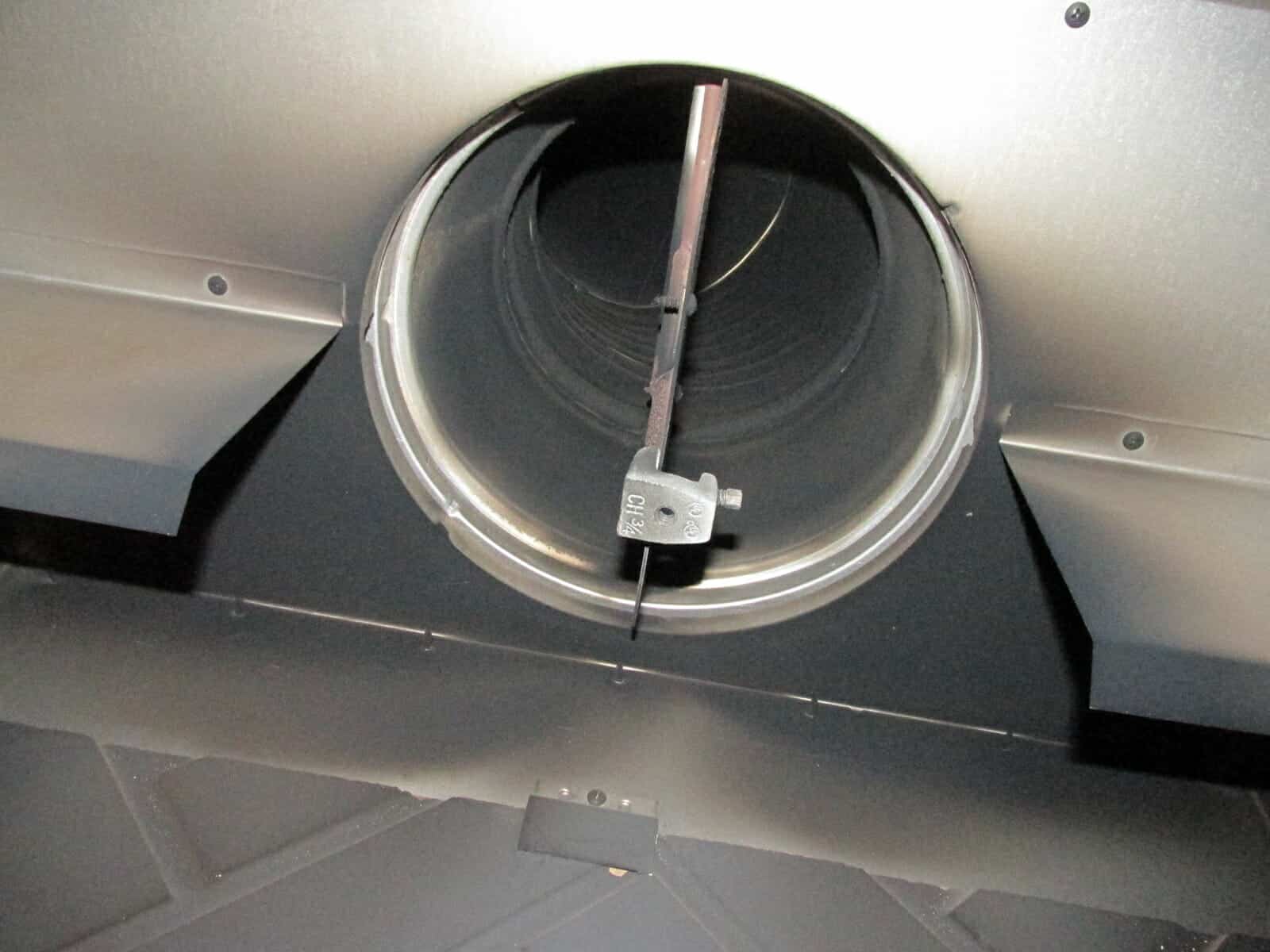Fireplaces - 10 Things Agents Should Disclose & Buyers To Watch For


David Jones
Senior Contributor
David Jones is a seasoned home inspector and construction expert with over 20 years of experience. He specializes in structural integrity, foundation issues, and detailed home safety assessments.
View Full Profile →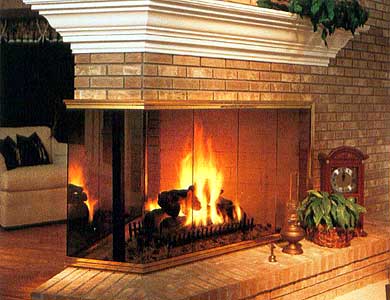
What Every Agent Should Look For and Disclose
Buyers love fireplaces and in the excitement of buying a home often overlook issues that they latter discover or that causes a problem, fire or injury.
Disclosing the follow items may help alleviate problems down the road and keep you in good standing with the buyer.
10 Red and Yellow Flags to Watch For
When walking around and doing your disclosures watch for the following 10 items.
#1 Smoke on the front of the fireplace
Smoke on the face of a fireplace may indicate that the fireplace has a defect or flaw, some of which may result in a fire.
If the fireplace is not drafting properly, has an obstruction in the chimney or there is a negative air pressure in the home, then smoke may appear on the face.
The most common cause is that someone lit the fireplace and forgot to open the damper. Should they forget to open the damper, then the smoke can not go up the chimney. It then comes out the firebox area and stains the face of the fireplace, and at times the ceiling area as well.
#2 Combustionable materials too close to opening
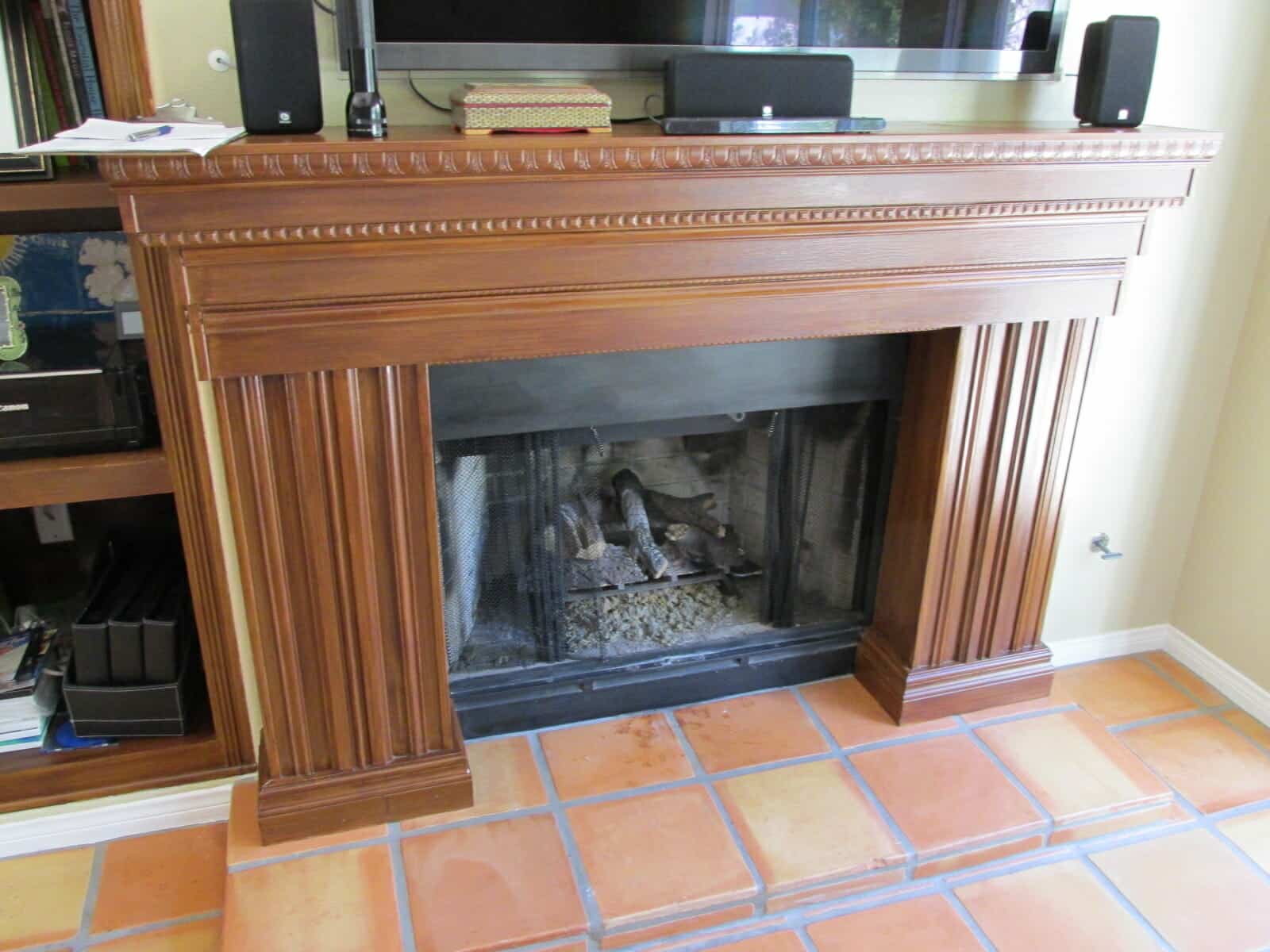
With a site built fireplace or even a manufactured fireplace, that is wood burning or a fireplace with a gas log set in it, check to see if there is anything that is very close and that might catch of fire.
One of the most common times you see this is when the fireplace has a new mantel or trim installed. especially by the home owner or cabinet maker. Noting that it appears that there has been modifications, remodeling or material that is flammable near the fireplce is wise.
#3 Efflorescence and soot in firebox area
Efflorescence looks whitish in color, sometimes like a white powder or sugar on the fireplace brick, block or panels.
Soot looks like a build-up of sticky dust (which is usually creosote) a flammable material that burns extremely hot if it catches on fire.
#4 Cracks in the firebox area
Cracks in the firebox area are not uncommon, however, noting them in an AVID is wise. Naturally, in general the bigger the crack, the more the concern.
#5 Gas fireplace with a large glass panel and no screen
As of January 1, 2015 manufactures are required to have a safety screen to help keep small children or adults from touching a hot glass panel.
The panels can get up to very high temperatures and may result in 1st, 2nd, or 3rd degree burns at times. If you have one at home be cautious, especially when small children are present.
Read the story about little Nixon Click here.
#6 White or dark stains on glass

White or gray stains or film on the glass
This is often due to chemical residues in the gas that accumulates on the glass over time. When sulfur combines with moisture in the air a gray residue may also occur. Note that there are commercial cleaners on the market that may remove these stains.
Dark discoloration on the glass
Damp fuel, like logs that are not properly dried or fires that are too low (not big enough) may cause dark staining. Also, burning the wrong type of wood logs, logs position improperly in the firebox and soot will contribute to this.
Slight fog on glass when first turned on
When gas fireplace first are ignited, a thin layer of whitish film may temporarily form on the glass, but disappear after a while. This is not unusual and generally is of little concern.
#7 Stains on wall or ceiling areas near fireplace
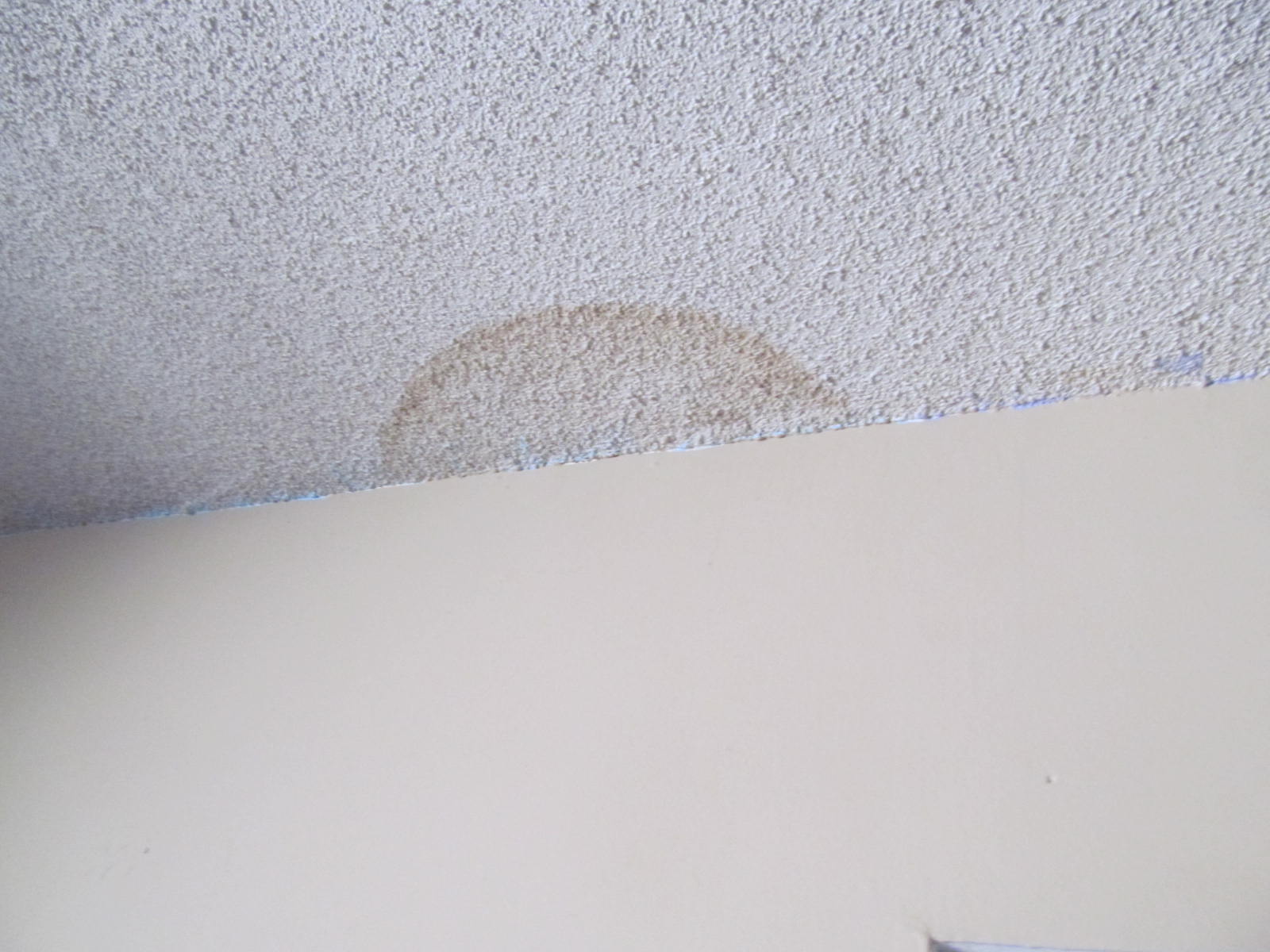
Flashing of fireplaces over time may develop a leak. When the flashing leaks or the caulking has dried out, then moisture may penetrate; occasionally mold or mildew may develop.
Look at the side areas of the fireplace and at the ceiling area above the fireplace; especially where the wall meets the ceiling.
#8 No hearth area or wrong materials – fire safety concern
The area in front of a fireplace should be fire resistant should embers or a log fall out of the firebox area onto the floor.
Carpeting or wood floors are very susceptible to catching fire.
#9 Feathers, nest or small twigs laying in firebox area

Birds will sometimes build a nest in the chimney area of the fireplace. While doing this a few feathers or twigs may drop down into the fire box area. Occasionally other animals will build a nest or get caught in the chimney.
Under a few circumstances the nest will completely block the chimney or there could be one or more dead birds. Usually the nest can be quickly and easily removed.
#10 No screen or glass doors on fireplace
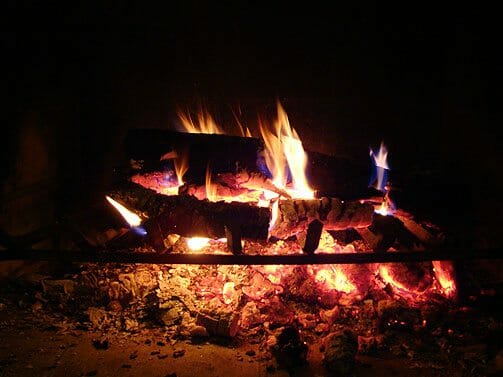
Wood logs give off a snap and crackling sound as the wood burns. Embers will often pop out of the front of the fireplace as the logs make a snap, crackle and popping sound.
When there is no screen or glass doors to prevent the embers from popping out and landing on the floor, then a fire may develop if they do not land on a safe hearth area in front of the fireplace. On hot crackling fires the embers will sometimes over shoot the hearth area and land on carpeting or a wood flooring – then a fire may erupt.
Did someone remove the screen or doors ???
Owners will sometimes remove the screens or doors that came with the fireplace orginally. They feel that the fireplace looks better, but may have overlooked the fire safety issues. If this is the case, an agent may comment in their disclosres that it appears that the fireplace screen or glass doors may have been removed.
Question 1
Fireplace Inspections – name the 3 levels
Should a buyer be concerned about the fireplace, sellers disclosures, or agent disclosures about the fireplace or chimney, then having a fireplace inspection may provide the answers and peace of mind that a buyer is looking for.
Do you know the three levels of fireplace inspections?
Level 1 is just a basic review of the fireplace.
Level 2 is a more advanced inspection which is the most common type when a home is sold. Also, the inspector will normally access the attic area and roof /chimney area. Additionally, proper clearance requirements will be checked.
Level 3 is often done when a serious hazard is suspected and parts of the building or fireplace may have to removed or open up.
Click here for a in-depth explanation of the the 3 level involve or go to BuyersAsk.com and search for fireplace inspections.

Question 2
If there is a wood burning or gas fireplace in the master bedroom, is a carbon monoxide detector needed, as long as there is one in the hallway outside the bedroom?
Yes, one is needed in the bedroom. Should the bedroom door be closed and the bedroom fireplace gave off higher than normal amounts of carbon monoxide, then the bedroom occupant may die before the carbon monoxide detector in the hallway goes off because of the closed door.

Question 3
Do you know the difference between a Chimney Sweep and a Fireplace Inspector?
Chimney sweeps
A person who cleans out chimneys. In the old days it was done with a large chimney brush with a long handle. It was a very dirty and messy job and few people cared to do this type of work. Professional chimney sweeps usually have gone to a chimney sweep school, taken classes and may be certified. They do their job in such a way that little or no soot or dust gets onto the carpet, floor or walls. It is now a very clean process compared to the old days.
Note that many Chimney sweeps are qualified as Certified Fireplace Inspectors.
Fireplace inspections are
Individual who have complete educational classes on how to inspect a fireplace, on what to look for, and what to report. Having a trained and experienced inspector by a reputable organization such as CSIA.
Question 4
What is the difference between:
1. Manufactured fireplace – A manufactured fireplace is usually one that is built at a factory, fabricated of sheet metal with refractory (concrete like) panels in the firebox area, and a metal flue / chimney.
2. Precast fireplace – One that is generally made of concrete that is casted in a factory and then loaded onto a truck and delivered to the construction site and tilted upright.
3. Site built fireplace – A mason / block or brick layer, builds the fireplace on site, laying one brick or block (and occasionally stone), until the fireplace is fully built.
Question 5
What is the fireplace hearth ?
The hearth is the floor area directly in front of the fireplace. It is there to reduce the possibility of fires should hot embers fall or pop out from a burning log; or if the log itself rolled out of the fireplace.
Usually it is constructed of materials that will not catch fire. Brick, tile and stone are popular products used for the hearth areas. There should never be carpeting or wood flooring where a hearth is required.
The hearth is the area in front of the firebox.
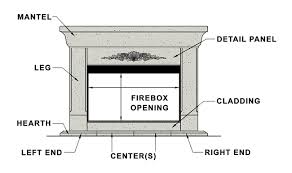
Question 6
What is a fireplace mantel ?
The mantel is generally thought of as a decorative piece above the firebox area. Often it is like a shelve above the fireplace and where people will sometimes set decorative items. There are codes regarding how close a mantle can be to the top of the firebox opening and of what type of material it may be constructed of.
Question 7
Do all fireplaces need a flue or chimney ?
Most do, but there are a few that do not.
There are vent-less fireplaces that may operate on Gel type fuels. Just as there are gas stoves in a kitchen that do not have a vent, there are some fireplaces that are approved to operate without vents, some of which may have a built-in carbon monoxide detector that shuts them down if the CO gets two high.
Note – Some building jurisdictions may not approve these these type of fireplaces
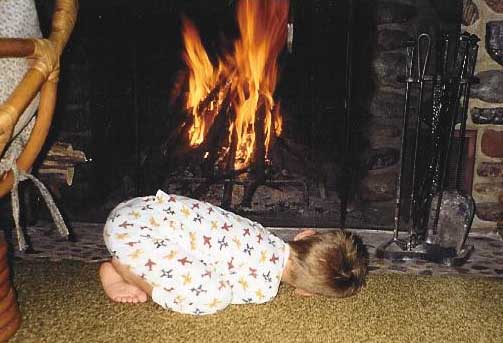
Question 8
Do gas log fireplaces need a screen.
Yes, it is not just to keep fire sparks in, but to keep kids, dogs, cats and newspapers out.
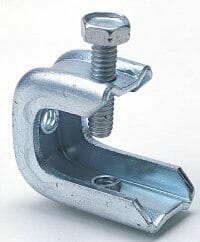
Question 9
What is the purpose of a damper clamp ?
Damper clamps are for safety
They are designed to keep the damper open so that if there is a small natural gas leak, that it will go up through the chimney, verses out into the room area and possibly cause a fire or explosion.
They also keep the damper open so to allow carbon monoxide fumes and smoke to go up the chimney, verses out into the room where the fireplace is.
